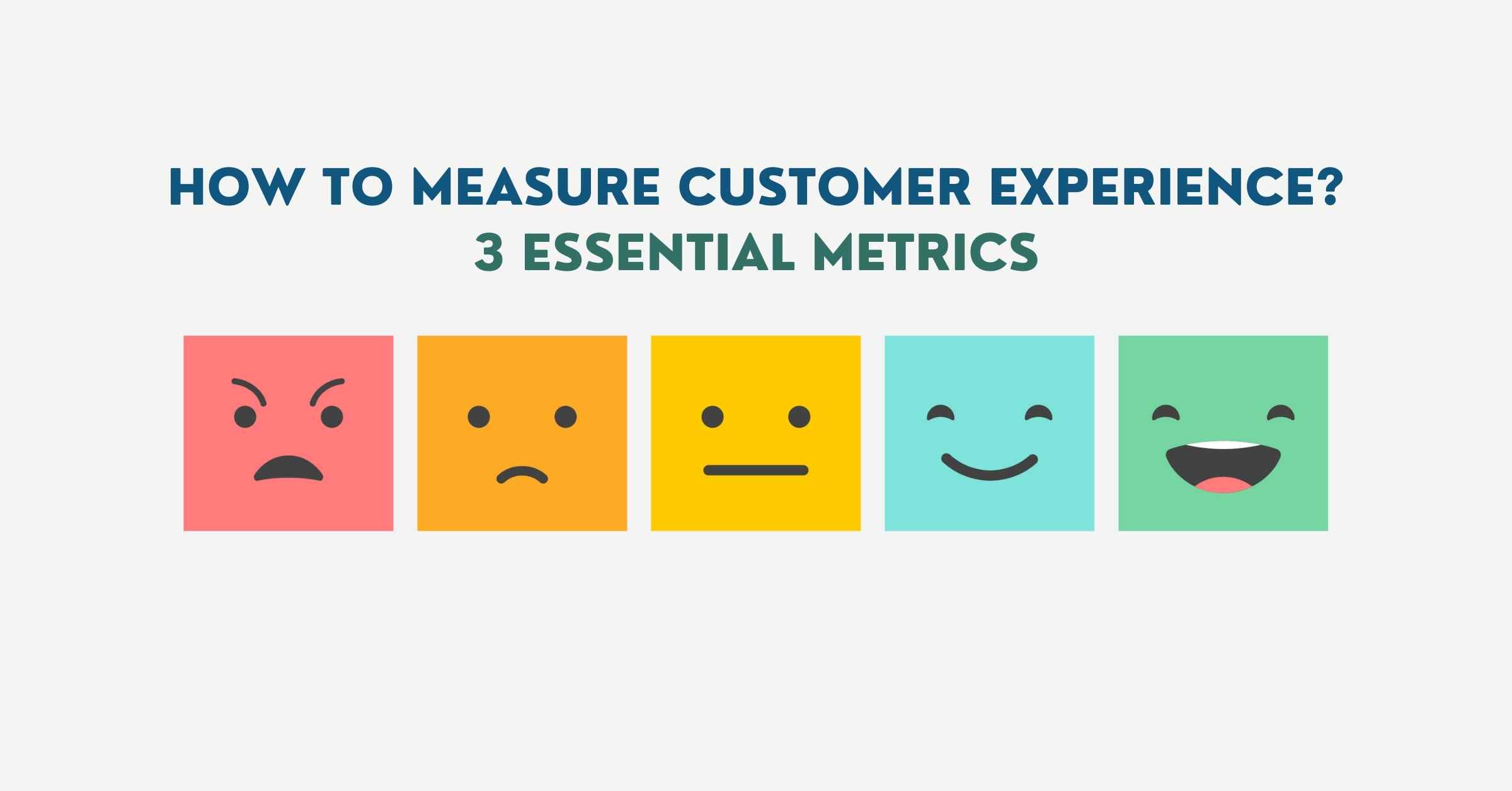The advent of cloud solutions has resulted in a situation with a plethora of software solutions to choose from for IT decision-makers. The decision is not an easy one, it has long-term repercussions for revenue, user productivity and customer experience. Sometimes selecting software solutions leads to analysis paralysis. In this blog, we try to give you a structured method or a checklist of things to do before you make the decision.
When selecting software solutions, you must execute the below 9 action items to make the process easier:
Identify Business Requirements
With the advent of cloud solutions, there is a plethora of software solutions to choose from. Here are some steps to guide you through the process of choosing the right software for your business:
Research and Shortlist
Conduct thorough market research to find software options that meet your requirements. Look for software tailored to your industry and business size.
Consider Budget Constraints
Determine a budget for the software purchase and implementation. While it’s essential to invest in quality software, make sure it aligns with your financial capabilities.
Check User Reviews and Testimonials
Look for user reviews and testimonials from businesses similar to yours. Customer feedback can provide valuable insights into the software’s strengths and weaknesses.
Scalability and Flexibility
Consider the software’s scalability to accommodate your business’s growth. It should also be flexible enough to adapt to changing business needs.
User-Friendly Interface
The software should have an intuitive and user-friendly interface to minimize the learning curve for your employees.
Integration with Existing Systems
Ensure the software can integrate with your current tools and systems to avoid data silos and streamline processes.
Vendor Reputation and Support
Choose a reputable vendor known for providing reliable software and excellent customer support.
Trial or Demo
Request a trial or demo of the software to assess its functionality in real-world scenarios.
Based on the above, make a selection that satisfies most of your criteria. Ensure you have a good plan for implementing the software within your business. Following these action items can make your decision process more structured while selecting software solutions.



